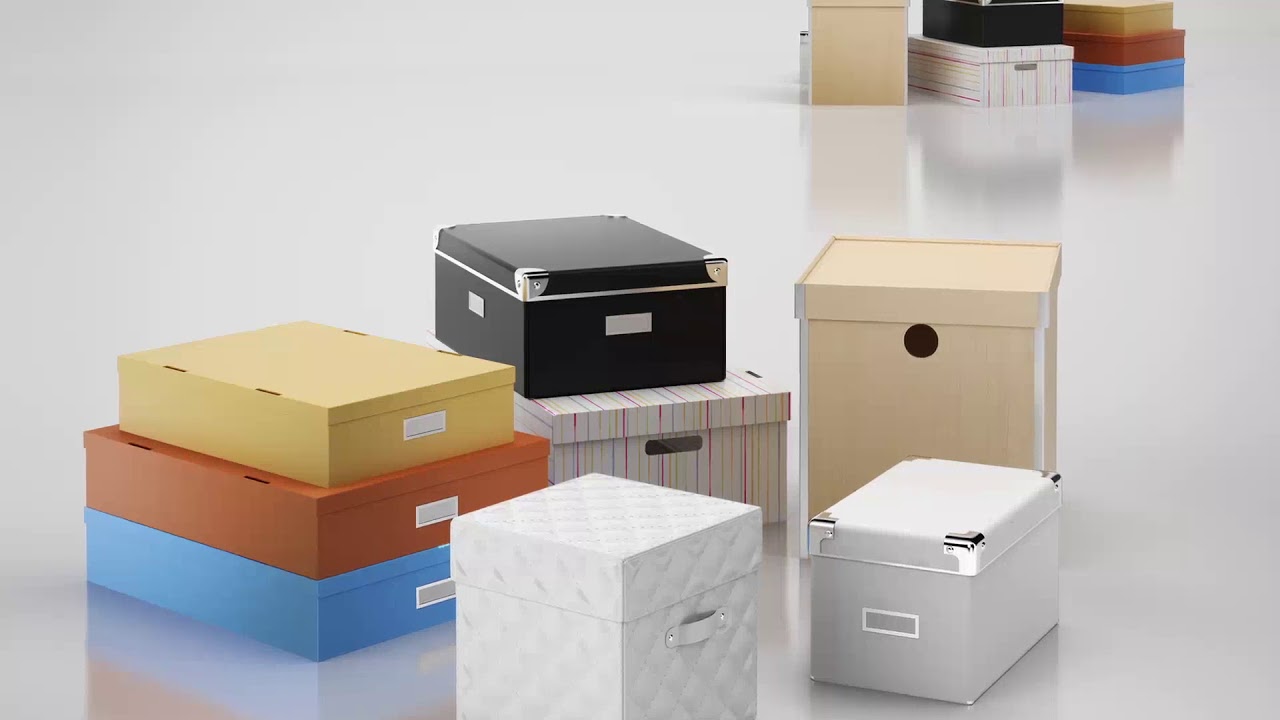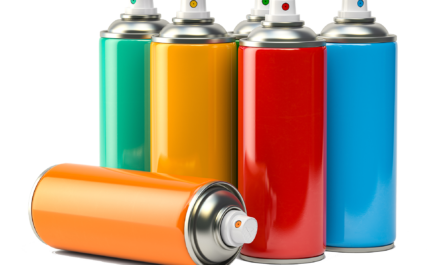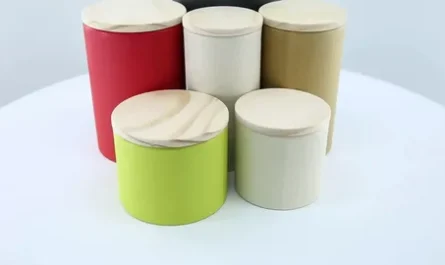The mobile phone industry has evolved tremendously over the past few decades. As phones become more advanced with powerful processors, stunning displays and new innovative features, the packaging that protects these devices has had to evolve as well. Mobile phone packaging has come a long way from the simple boxes of early generation phones.
Early Mobile Phone Packaging
In the early days of mobile phones in the 1990s, phones were rather basic devices focused on making calls and sending basic text messages. As such, the packaging reflected the simplicity of the phones. Phones were usually housed in basic cardboard boxes with cutouts for the phone. Foam or plastic could provide some protection but drop tests were not a major concern. Simple instructions or warranty information could be included. While adequate for the phones of that era, this type of packaging would not protect today’s powerful smartphones.
The Rise of Feature Phones
As mobile phones added more features like cameras, games and connectivity options in the 2000s, packaging needed to evolve. Phones were no longer just for calls but could be damaged more easily. Feature phones were housed in cardboard boxes but internal packaging grew more robust. Plastic shells and form-fitted foam cushions held phones securely in multiple axes of movement. Information booklets added setup guides. Some packaging prototyped wall chargers and basic headphones. Drop tests became a packaging design factor. While not as protective as modern packaging, it demonstrated an acknowledgment that phones demanded more careful handling.
The Smartphone Revolution
The release of the iPhone in 2007 sparked an revolution in mobile technology. Suddenly, phones had touchscreens, app stores and more power than ever before. But these advances made phones much more fragile. Smartphone packaging truly evolved into an engineering marvel protecting $1000 devices. Multilayered boxes with formed plastic interiors offered armored protection on all sides. Precision cut foam cradled every curve while internal trays kept cables and manuals damage-free. Drop tests and impact resistance were extensively tested. Branding and imagery brought the excitement of new devices to life. Smartphone packaging truly became as integral to the experience as the phones themselves.
Current Trends in Packaging Design
As mobile technology growth shows no sign of slowing, mobile phone packaging design remains on the cutting edge. Here are some current trends:
Sustainability Focus
– Packaging uses recycled materials when possible and minimizes plastic waste. Fold-out boxes dismantle for easy recycling.
Personalization Options
– Premium brands offer custom packaging designs letting buyers showcase their style. Digitally printed sleeves bring product shots to life.
Enhanced Unboxing Experience
– Smooth assembly/disassembly and premium tactile finishes create a moment of joy and enhance the brand.
Quality Assurance Through Advanced Testing
– Rigorous testing through drops, pressure, vibration and other hazards ensure flawless protection for ever more delicate devices.
Reduced e-waste
– Some companies are trying to reduce e-waste by minimizing packaging or including return envelopes for recycling old devices. Packaging now promotes responsible usage.
The Road Ahead
– Future packaging may incorporate self-healing materials and advanced impact absorption techniques. Sensors could monitor product integrity. As tech evolves, so must packaging to continue safeguarding these intricate devices that have become essential to our daily lives.
*Note:
- Source: Coherent Market Insights, Public sources, Desk research
- We have leveraged AI tools to mine information and compile it



